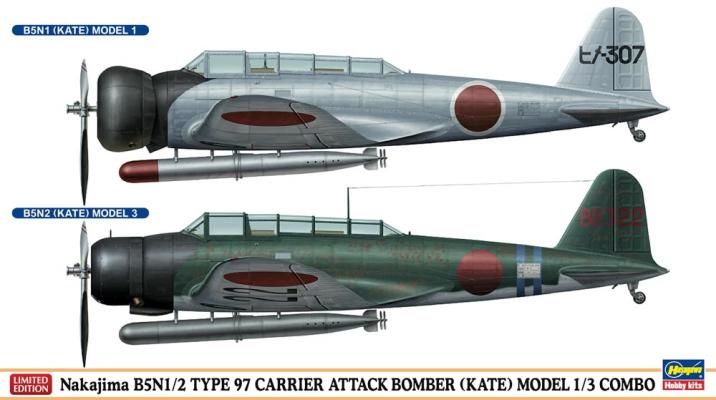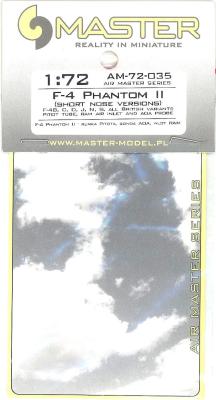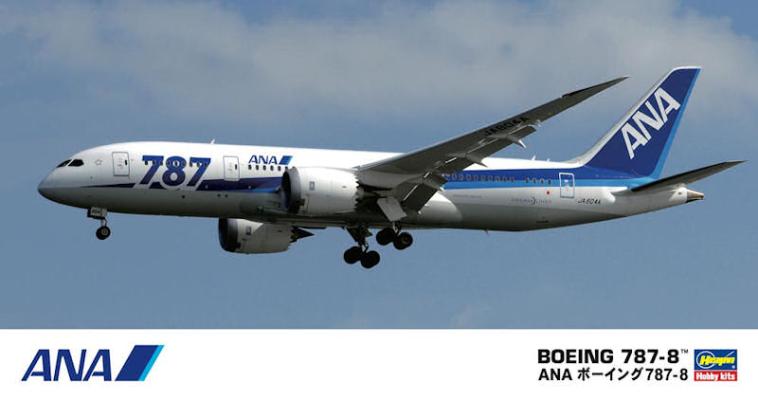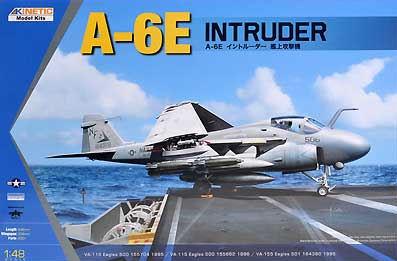History
The Nakajima B5N torpedo and attack bomber was developed during the late thirties to replace the 1936 Yokosuka B4N biplane carrier-based torpedo bomber. Roughly comparable to, but also decidedly superior to, the U.S. Navy’s Douglas TBD-1 Devastator torpedo bomber, the B5N was code named Kate by the Allies when the name-codes came into use during 1942. Beating out the Mitsubishi B5M, which had an elliptical wing and a fixed landing gear, the B5N featured manually folding wings and a retractable landing gear. Strongly influenced by the Northrop A-17A attack bomber then in service with the U.S. Army, the B5N was produced in two basic models, differing mainly in powerplant. The B5N1 was equipped with an 840 hp. Nakajima Hikari 2 radial engine, while the later version, designated B5N2, had the upgraded 1000 hp. Nakajima Sakae twin-row radial engine, which was housed in a more streamlined cowling.















